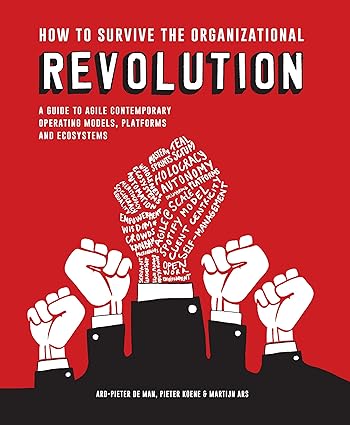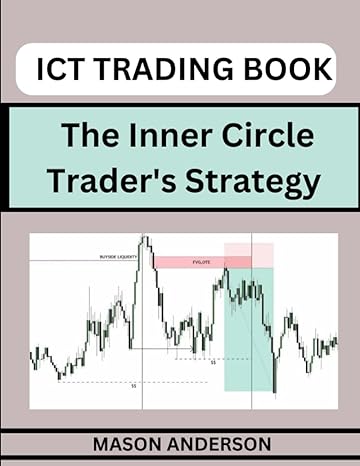How To Survive The Organizational Revolution A Guide To Agile Contemporary Operating Models Platforms And Ecosystems(1st Edition)
Authors:
Pieter Koene ,Martijn Ars ,Ard-Pieter De Man
Type:Hardcover/ PaperBack / Loose Leaf
Condition: Used/New
In Stock: 1 Left
Shipment time
Expected shipping within 2 - 3 DaysPopular items with books
Access to 35 Million+ Textbooks solutions
Free ✝
Ask Unlimited Questions from expert
AI-Powered Answers
30 Min Free Tutoring Session
✝ 7 days-trial
Total Price:
$0
List Price: $7.49
Savings: $7.49
(100%)
Solution Manual Includes
Access to 30 Million+ solutions
Ask 50 Questions from expert
AI-Powered Answers
24/7 Tutor Help
Detailed solutions for How To Survive The Organizational Revolution A Guide To Agile Contemporary Operating Models Platforms And Ecosystems
Price:
$9.99
/month
Book details
ISBN: 9063695217, 978-9063695217
Book publisher: BIS Publishers
Offer Just for You!:
Buy 2 books before the end of January and enter our lucky draw.
Book Price $0 : People face a bewildering choice of new organizational design options. New organizational forms are sweeping across business, now that information technology enables better communication, both internally and across boundaries. This book helps managers to navigate the new landscape, by providing a concise and practical overview of forms like holacracy, the Spotify-model, platform organizations, multidimensional organizing and ecosystems. It discusses these forms and provides a user guide, showing when they are effective and when to avoid them.Short insightful excursions explain how the organizational revolution affects issues like human resource management, the changing role of middle management, planning and control and self-organization. Finally, the book guides you through the question how to design new forms and how to implement them. Practical examples and enlightening case studies show the struggles and successes you face in working in this new environment.Self-organized, dynamic and externally oriented structures replace hierarchical, predictable and internally oriented structures. The business unit and the matrix that dominated the twentieth century are making way for new forms of organizing. This book is the first complete overview of new organizational forms in the information economy. It is an indispensable guide to profit from the opportunities new organizational forms present.
Customers also bought these books
Popular Among Students
Customer Reviews
Trusted feedback from verified buyers
DS
Delivery was considerably fast, and the book I received was in a good condition.
































